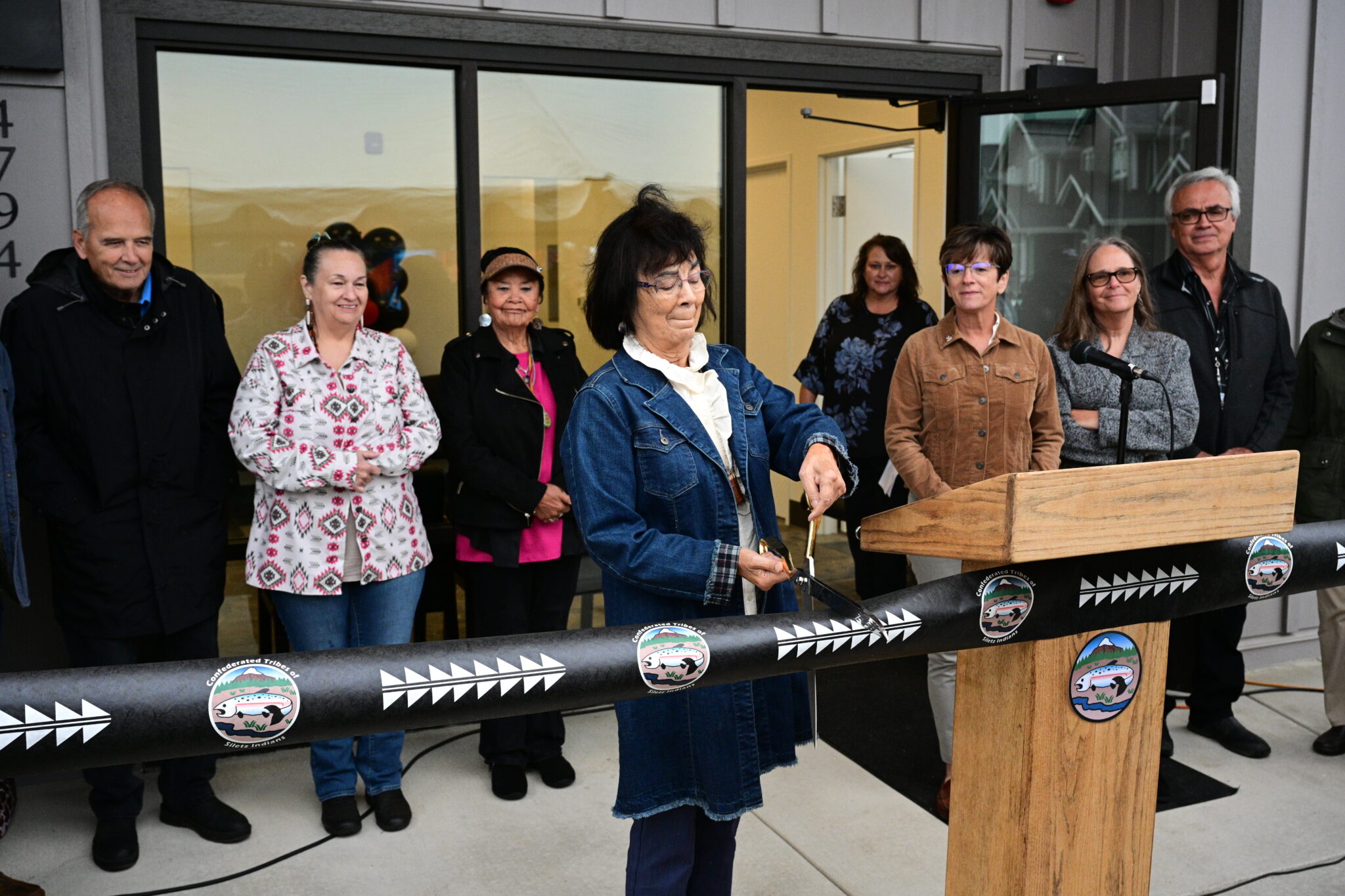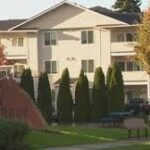SALEM, Ore. — Twenty families from the Confederated Tribes of Siletz Indians have begun moving into one of Salem’s newest affordable housing communities, marking a major step in addressing Oregon’s ongoing housing crisis for Native American families.
On Wednesday, tribal leaders, city officials, and state housing advocates gathered to celebrate the opening of Kloshe Illahee Haws, a 40-unit affordable housing project built on nearly nine acres in northeast Salem. Its name, which means “good valley homes” in the Siletz language, underscores its cultural significance: this is more than a housing development — it is a reaffirmation of community, belonging, and resilience.
Meeting a Critical Need
The project prioritizes low-income Native American households, with preference for Siletz tribal members. Half of the units are reserved for families earning below 80% of the area median income, with rents capped at 30% of household income. The remaining homes are also offered at affordable rates for those just above the threshold, widening the circle of accessibility.
Also Read
The Siletz Tribe invested $8.5 million of its own resources and secured an additional $9 million in federal grant funding to bring the project to life. The City of Salem provided planning support and oversight throughout the process, reflecting what tribal and city leaders describe as a model of cooperative partnership.
“This project serves as an example of how the Siletz Tribe and the city of Salem can work together to identify areas of need and elevate the level of services in the community,” Salem Mayor Julie Hoy said. “It is proof that when we come together — with respect, with shared values and with a commitment to equity — we can do incredible things.”
Housing Gaps in Oregon
Oregon’s housing shortage has been building for more than a decade. Since the mid-2010s, population growth has outpaced housing construction, driving up costs and pushing many families into unstable living conditions.
The burden has fallen especially hard on communities of color. According to Oregon Housing and Community Services, 50% of American Indian and Alaska Native households in the state spend a disproportionate share of their income on rent, compared to 60% of Black households — the highest rate among all groups.
For many Native families, the shortage exacerbates longstanding barriers to securing stable housing, both on and off reservations. Projects like Kloshe Illahee Haws directly address those inequities.
A Community Built for Belonging
The Salem development includes a mix of townhomes and triplexes, along with amenities designed to foster community connection: a community center, playground, and shared garden space.
“It’s more than just affordable housing,” said Siletz Housing Executive Director Sami Jo Difuntorum. “It’s giving tribal members a sense of community within urban spaces.”
For Difuntorum, Salem was a natural choice. “People have asked, ‘Why Salem?’” she said. “It’s because our population is here. The second largest population center for the tribe is in Salem, after Siletz and Newport. Many of our people lived here historically at the Chemawa Indian School. This project allows us to continue that legacy and support our members where they already live.”
Applications for units opened in June, and 20 of the homes are already filled. The remainder are expected to be occupied by November.
Overcoming Barriers to Reservation Housing
The decision to expand housing off-reservation reflects a broader trend among Pacific Northwest tribes.
Building housing on tribal lands often involves complicated financing structures, limited availability of contractors, and extensive environmental reviews, explained Rudy Soto, executive director of the National American Indian Housing Council. These obstacles can delay or even prevent needed projects.
“Oregon’s housing shortage creates additional challenges for tribal members, many of whom want to remain within their communities,” Soto said. “But doing so often results in overcrowded living conditions and limited access to jobs, schools, and essential services. Urban housing options like Kloshe Illahee Haws help bridge those gaps.”
A Regional Movement
The Salem project is part of a larger wave of Native-led housing initiatives across the Northwest aimed at expanding access to affordable homes in urban centers.
-
In Northeast Portland, the Confederated Tribes of Siletz Indians partnered with the Native American Youth and Family Center (NAYA) and the Native American Rehabilitation Association to open Nesika Illahee, a 59-unit development that includes 20 units prioritized for Siletz families.
-
In Vancouver, Washington, NAYA and the Cowlitz Indian Tribe broke ground in August on a 95-unit affordable housing project in the city’s Waterfront Gateway District.
Soto said these projects illustrate how tribes are leveraging federal and state resources, including funding through the Native American Housing Assistance and Self-Determination Act (NAHASDA), to meet urgent housing needs.
“By combining their own resources with federal support, tribes are creating safe, affordable homes for Native families at a time when they’re needed most,” Soto emphasized.
A Step Toward Equity
For Salem and the Siletz Tribe, Kloshe Illahee Haws represents both an answer to a housing crisis and a new chapter in collaboration.
The project directly addresses systemic disparities while reflecting the tribe’s commitment to cultural values. It demonstrates how tribal sovereignty and urban development can intersect to improve lives not just for tribal members but for the broader community.
Mayor Hoy sees it as a template for future projects: “This shows what’s possible when local governments and tribes work side by side. It’s not just about housing; it’s about building equity and opportunity.”
Looking Ahead
With Oregon continuing to grapple with rising rents, scarce housing, and disproportionate impacts on marginalized communities, projects like Kloshe Illahee Haws are both a milestone and a call to action.
For the families moving in, it is a fresh start — stability, security, and the chance to belong. For Salem, it is an example of how partnerships can tackle deep-rooted challenges. And for the Siletz Tribe, it is a reaffirmation of a centuries-old presence in Oregon’s Willamette Valley.
As Difuntorum put it: “This isn’t just housing. It’s about building community, honoring our people, and ensuring the next generation has a place to call home.”












